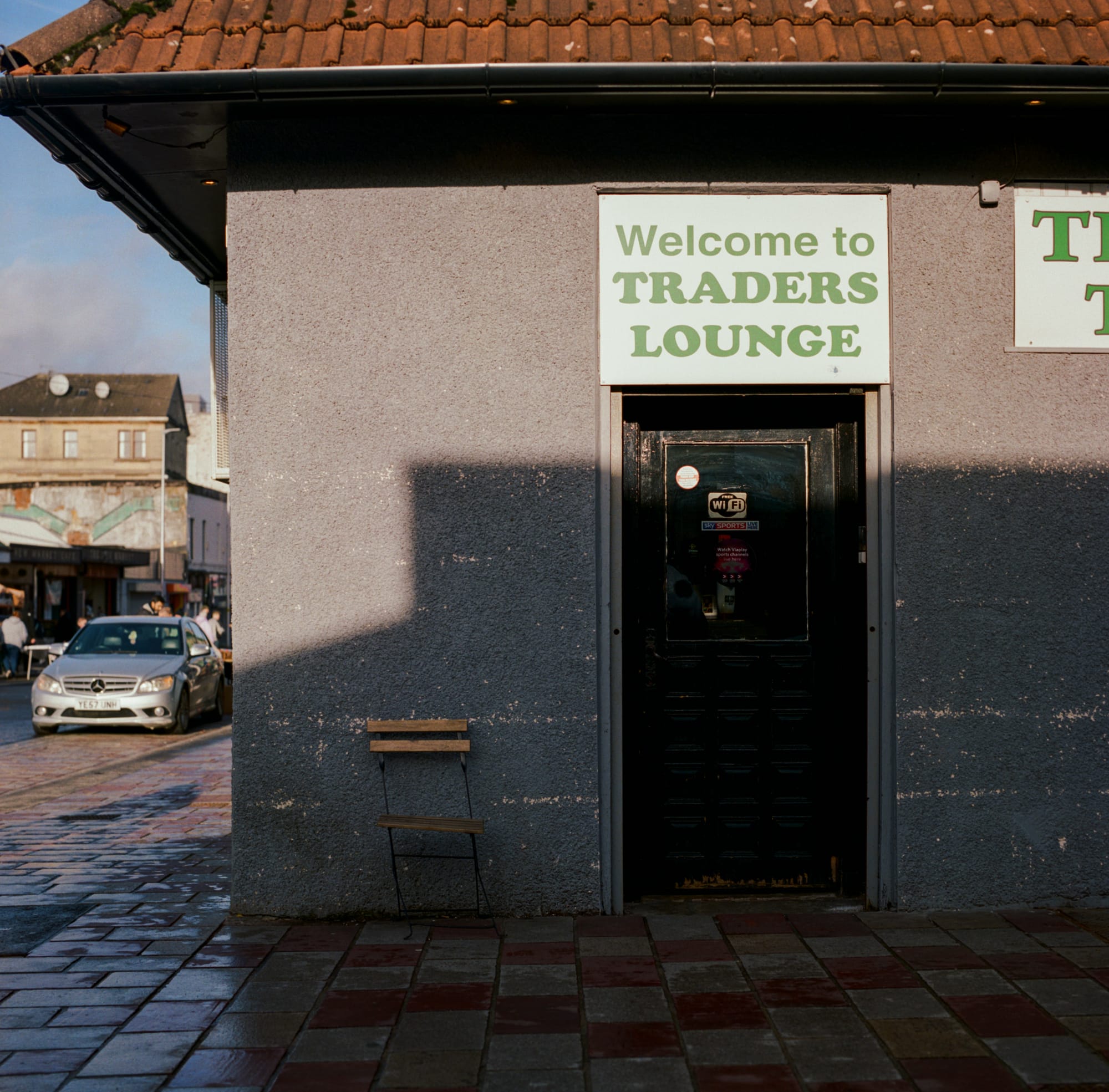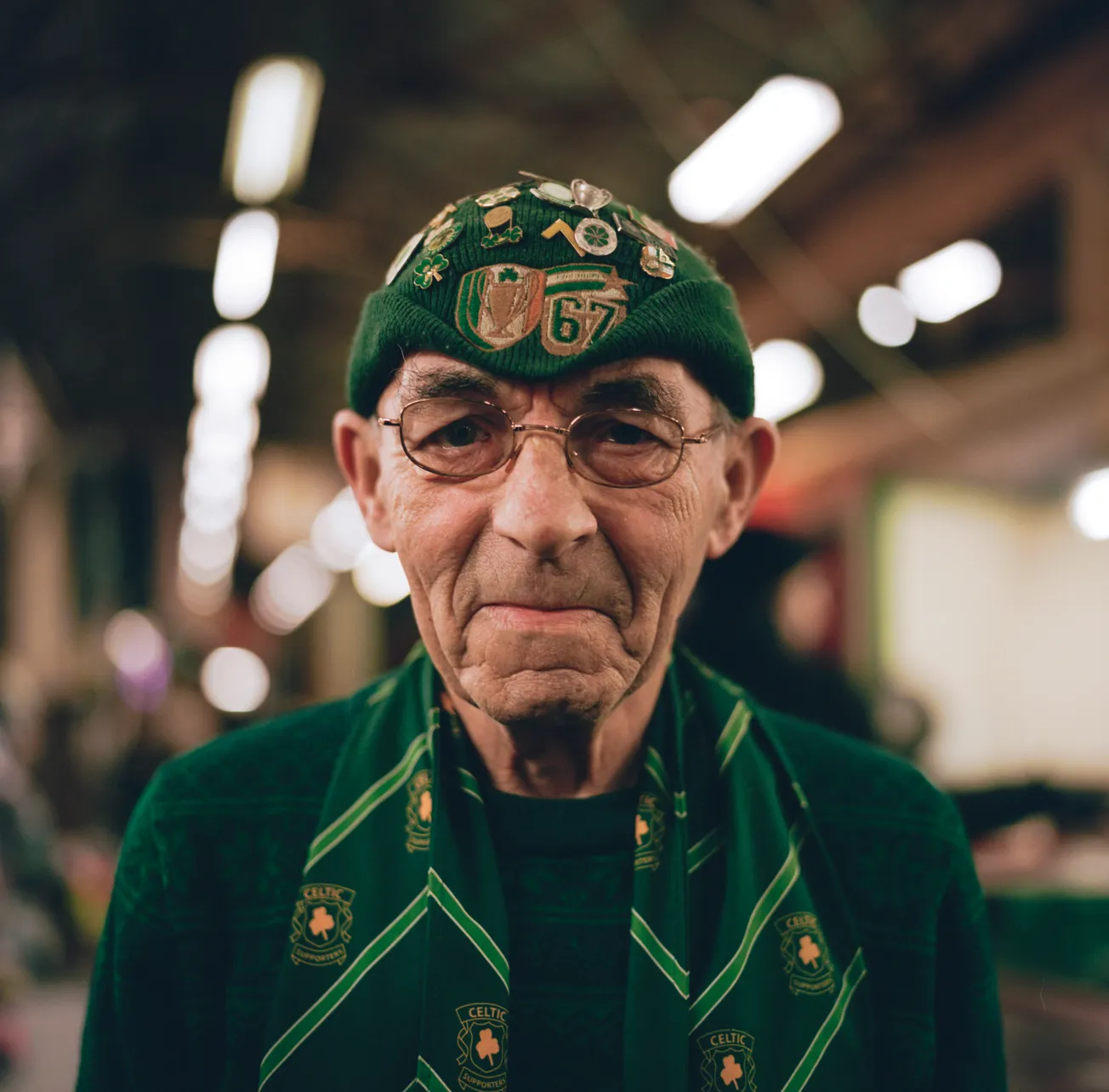We’ve been trying to think of a way to write about the Barras since we launched The Bell. Of course, it’s not that simple; what more can be written about a place so ingrained in the city’s psyche, so part of its lifeblood?
For over a century, screeds have been written about the market since it took root in the east end in 1921. At that point in time, the east end had already been a nexus for bric-a-brac hunters for well over a century. The rapidly expanding population, particularly working-class immigrants from the Highlands, islands and Ireland, desperately needed somewhere to trade in the city. Hawkers weren’t allowed to sell on the crowded streets, and were being told to move on by police.

Enter a grocer named Margaret Russell from Galston, Ayrshire. Maggie first began looking after her friend Nelly Bell’s fruit barrow at Parkhead Cross at the age of 12. She married James McIver, born at 36 Gallowgate, in 1902. Together, they bought a fruit shop in Bridgeton. After closing, Maggie would regularly head into town with bags of fruit to sell to theatre-goers.
Noticing a gap in the market, she decided to invest in barrows to let to other traders. Eventually, she built up a stock of 300 at a yard on Marshall Lane in the Calton. In 1920, she and James acquired the lot between Kent Street and Moncur Street as a market for traders, which they opened the following year.
In 1926, after six weekends in a row of heavy rain in which neither the traders nor the McIvers could earn a living, she decided to erect a covered market in Moncur Street, protecting the growing number of traders from the elements. Bit by bit, the site grew into the largest open-air market in Europe. In 1928, the market was enclosed on all sides, meaning traders could set up permanent shop. In 1930, when James died of malaria he’d contracted during the war, Maggie was left to run both the business and raise her family of nine children alone. She did it with grit, her favourite phrase never far from her lips: “Work hard and keep the heid.”
Glasgow deserves great journalism. You can help make it happen.
You're halfway there, the rest of the story is behind this paywall. Join the Bell for full access to local news that matters, just £8.99 for the first 3 months.
SubscribeAlready have an account? Sign In
Comments
How to comment:
If you are already a member,
click here to sign in
and leave a comment.
If you aren't a member,
sign up here
to be able to leave a comment.
To add your photo, click here to create a profile on Gravatar.






